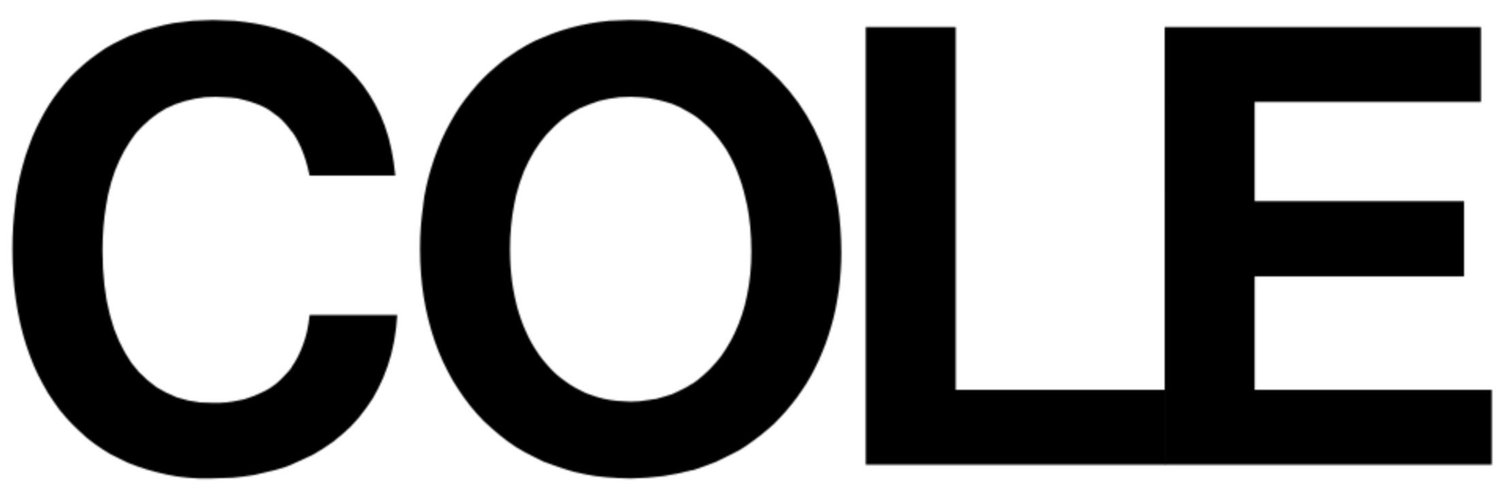How to Treat Your Acne: All About LED Light Therapy
Light therapy has been gaining in popularity over recent years, as a tool for healing acne as well as touting other skin benefits like anti-aging. I was weary of suggesting light therapy in the beginning when I first heard about it, as there aren’t many research papers out there definitively outlining its obvious benefits but rather speak to the fact that more research must be done. So naturally I was a little unsure of just how great light therapy really could be.
The benefits of light for our health have been used for thousands of years and were traditionally thought to be a form of “nature cure” remedy. Light-emitted diode (LED) was invented in 1962, although LED technology has been a major transformation in the past 15 years. Today, LED-based devices have sought to upgrade what nature is already capable of giving us. These LED tools are quickly gaining popularity, especially when it comes to healing acne, acne cysts and acne scarring.
LED therapy has been known to increase ATP production (cellular energy), balance oxidative stress, improve collagen synthesis and increase blood flow to the skin. Blue light particularly has also been shown to have an antimicrobial effect. And an added bonus with blue light is its ability to break down biofilms, something that’s important to consider in clients who have been struggling with chronic acne.
The difference between blue and red light for acne
As mentioned above, blue light carries antimicrobial activity and has an ability to break down biofilms, making it great for helping to support a healthy skin microbiome. Blue light has a lower potential for penetration, making its effects more valuable to conditions of the epidermis, like acne. Blue light can also reduce sebocyte formation, helping indirectly to reduce overall sebum production in the skin.
Red light on the other hand is able to reach the dermis, a deeper layer in our skin tissue where the building blocks of collagen lie. This is exactly why red light therapy is so wonderful for aging skin, but can also be great for acne scars and acne scar healing. Red light has also been suggested to help reduce sebum production.
Both red and blue light are beneficial for mild to moderate acne, it all comes down to what you might need more of - antimicrobial effects with blue light vs acne scar healing and reduced sebum production with red light.
Light Therapy Devices
There are a number of devices on the market. After a ton of research, the device I feel most comfortable suggesting to clients is the LightStim. They have two different devices for the skin, one specific for acne and another more directed to anti-aging skincare.
The reasons I prefer this device - it’s handheld, allowing you to target specific areas that need extra attention, it carries a comfortable price point, it’s mobile and easy to pack.
How to Use
A light therapy device can be used up to twice daily during active breakouts - both morning and evening for 3 minutes in each affected area. I like to see clients cleanse their skin before using the device, then carry on with their skincare regimen afterwards.
Overall Conclusion
While the research out there is promising, more studies must be done in order for us to gather more quality, reliable information on the efficacy of light therapy for acne, acne cysts and acne scars. Because use of these devices is relatively safe with minimal to no side-effects, I believe it’s worth the minimal investment to try out. I suggest trying it out for a minimum of 3 months.


